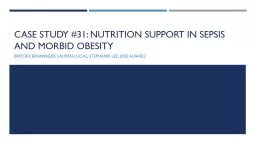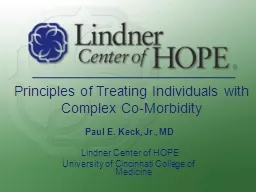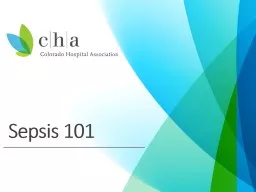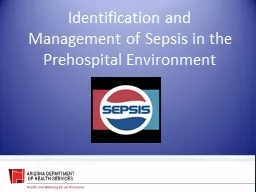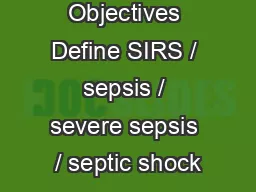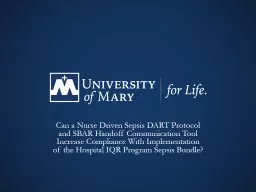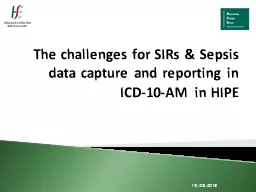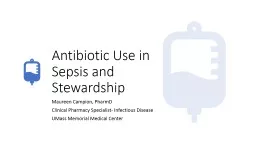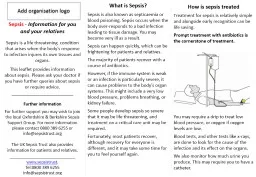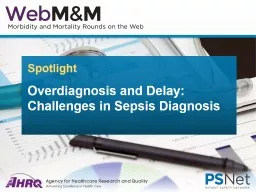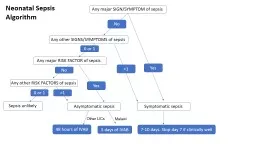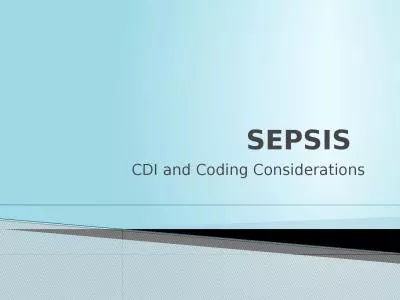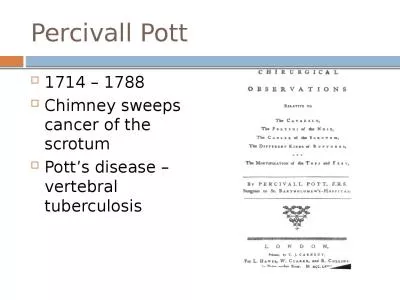PPT-#31 : Nutrition support in sepsis and morbid obesity
Author : stefany-barnette | Published Date : 2017-05-20
Brooke Benninger lauren lucas Stephanie lee jose alvarez Introduction to patient Personal Data Mr Chris McKinley 37 yo Came in weighing 325 and is 510 Office
Presentation Embed Code
Download Presentation
Download Presentation The PPT/PDF document "#31 : Nutrition support in sepsis and mo..." is the property of its rightful owner. Permission is granted to download and print the materials on this website for personal, non-commercial use only, and to display it on your personal computer provided you do not modify the materials and that you retain all copyright notices contained in the materials. By downloading content from our website, you accept the terms of this agreement.
#31 : Nutrition support in sepsis and morbid obesity: Transcript
Download Rules Of Document
"#31 : Nutrition support in sepsis and morbid obesity"The content belongs to its owner. You may download and print it for personal use, without modification, and keep all copyright notices. By downloading, you agree to these terms.
Related Documents

